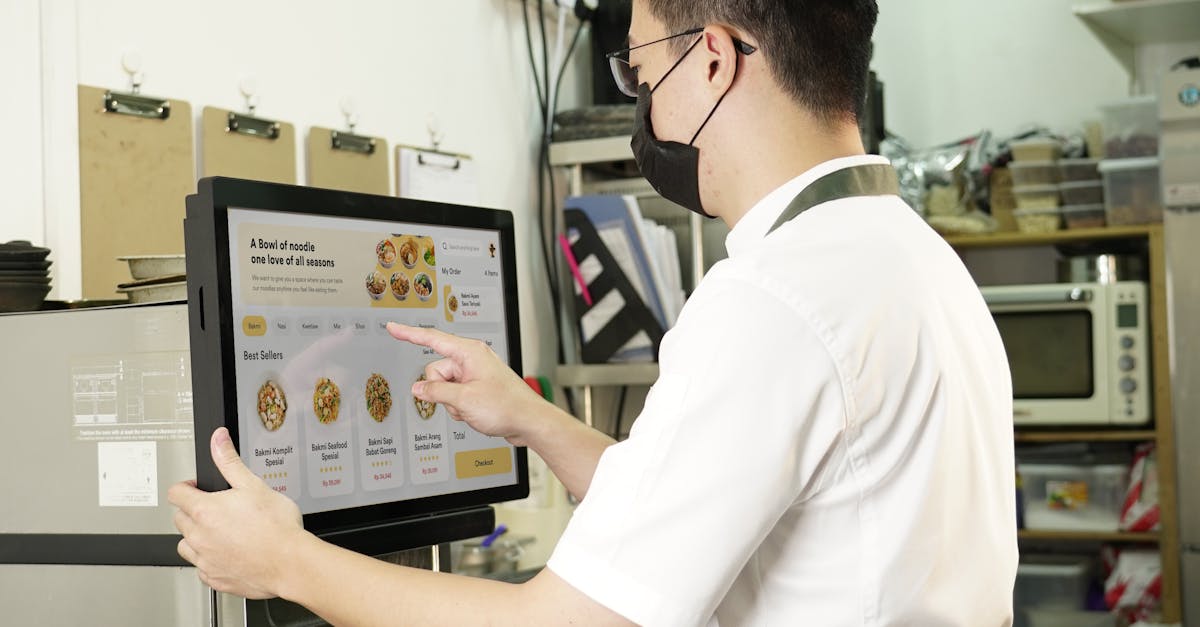October 14, 2024

Food safety is a critical aspect of running a successful restaurant. It's not just about following rules - it's about protecting your customers, your staff, and your business. When food safety practices slip, the consequences can be severe, ranging from customer illness to legal troubles and permanent closure.A study published in the National Library of Medicine highlights the importance of food safety research in the food service sector. It reviewed 118 studies conducted between 2001 and 2021, focusing on food handlers and their practices. The findings underscore the need for ongoing education and vigilance in this area.
To maintain high food safety standards, restaurants need to focus on several key areas:
Let's dive deeper into each of these areas to understand their importance and how to implement them effectively.
Personal hygiene is the first line of defense against foodborne illnesses. All restaurant staff, especially those handling food, must maintain high standards of cleanliness.
A case study from Quizlet explores how a restaurant owner named Sherry struggled to instill good food safety practices without alienating her staff. This highlights the importance of not just implementing rules, but also fostering a culture of food safety within the restaurant.
Proper food storage and handling are crucial to prevent contamination and spoilage. This includes everything from receiving deliveries to storing ingredients and preparing meals.
A study on fast-food restaurant owners' strategies to comply with food safety regulations provides valuable insights into effective food storage and handling practices. It emphasizes the importance of consistent training and clear procedures.
Temperature control is critical in preventing bacterial growth and ensuring food safety. This applies to both hot and cold foods.
A recent study evaluated the effects of food safety training on restaurant employees. It found that only 42.1% of respondents could correctly identify all symptoms of food poisoning, highlighting the need for ongoing education in this area.
Cross-contamination occurs when harmful bacteria are transferred from one food or surface to another. Preventing this is crucial for maintaining food safety.
The importance of preventing cross-contamination is highlighted in several high-profile cases of foodborne illness outbreaks in restaurants. These cases serve as stark reminders of the potential consequences of lax food safety practices.
Regular cleaning and sanitization are essential for maintaining a safe food environment. This includes not just food preparation areas, but also dining areas and restrooms.
A case study on food safety culture in small franchise restaurants in Poland emphasizes the importance of creating a culture where cleanliness and sanitization are prioritized by all staff members.
Maintaining food safety in restaurants is an ongoing process that requires constant vigilance, training, and commitment. By focusing on personal hygiene, proper food storage and handling, temperature control, cross-contamination prevention, and thorough cleaning and sanitization, restaurants can significantly reduce the risk of foodborne illnesses.Remember, food safety is not just about following rules - it's about protecting your customers, your staff, and your business.Implementing these practices can be challenging, especially when dealing with high call volumes and customer inquiries. That's where technology can help. Our 24/7 AI Phone Agent at loman.ai is designed specifically for restaurants, handling calls, taking orders, and answering questions, allowing your staff to focus on maintaining these crucial food safety practices.
A: Food safety training should be ongoing, with formal refresher courses at least annually. New staff should receive comprehensive training before starting work.
A: The most common causes include poor personal hygiene, inadequate cooking temperatures, cross-contamination, and improper food storage.
A: Regular staff training, implementing a HACCP (Hazard Analysis and Critical Control Points) system, and conducting internal audits can help ensure compliance. Additionally, using tools like our AI Phone Agent can free up staff time to focus on these important tasks.

Enter your information in the form to receive a call from Loman and place an order like a customer would!